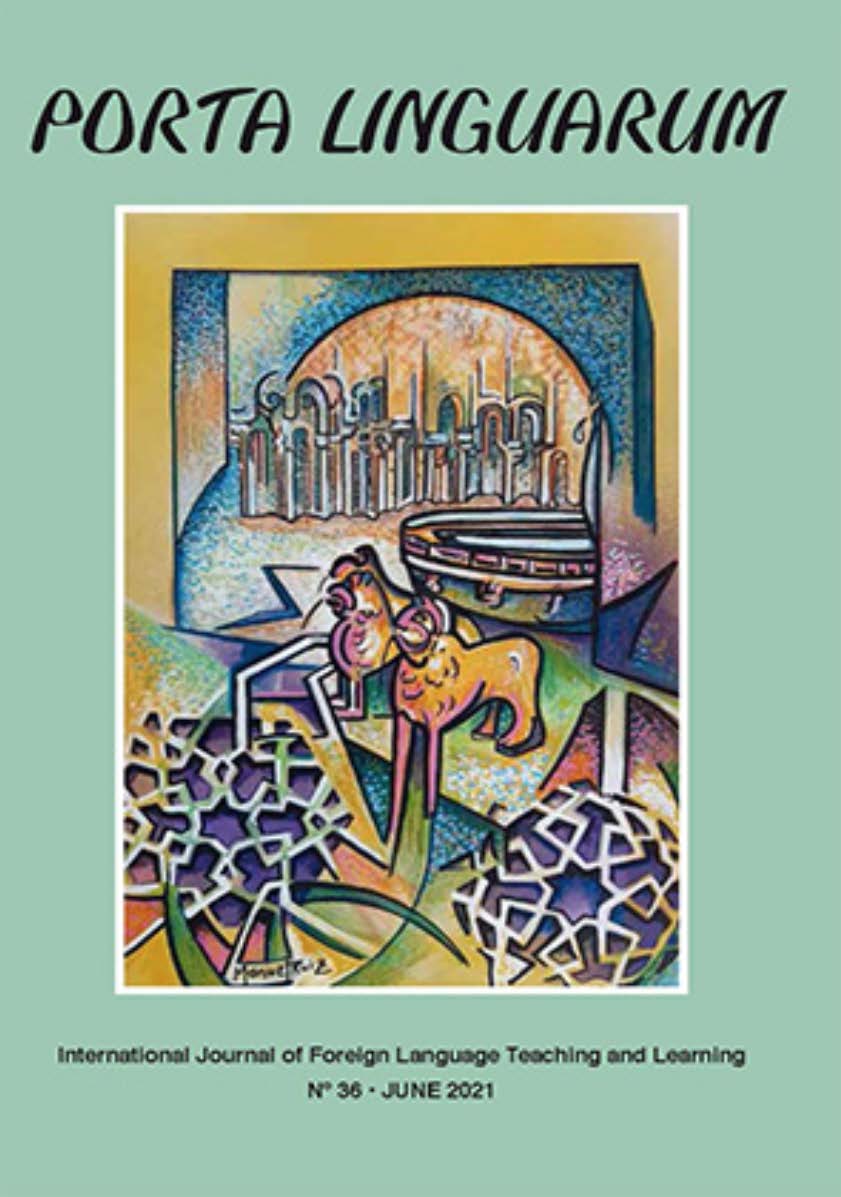Design and validation of a system of categories to assess the written discourse of L2 English learners
DOI:
https://doi.org/10.30827/portalin.vi36.15944Keywords:
content analysis, Delphi technique, system of categories, written discourse, English as a foreign languageAbstract
This study is part of a broader research focused on written discourse analysis and its application in English language teaching. This paper aims to design and evaluate the validity of the content of an instrument (a system of categories) built to analyse the written discourse in L2 (English) of 112 Spanish students in Upper Secondary Education. This study was carried out from a qualitative approach using the technique of content analysis and the Delphi technique with five experts in the field. The results show that the category system has content validity as it meets the criteria to ensure the scientific rigour of qualitative methodology: credibility, transferability, dependence and confirmability. Moreover, there is a high score in terms of interrater reliability on the criteria contrasted with Kendall's W test (>.07), as well as on its application in the coding process which was confirmed with Cohen's Kappa test (.658). It can be concluded that this instrument is a valid tool to help ELF teachers and secondary school students in the teaching and learning process of the written discourse in English as a foreign language.
Downloads
References
Alcaráz Varó, E. (2000). El inglés profesional y académico. Alianza Editorial.
Bardin, L. (1996). Análisis de contenido. Akal.
Berry, J., Poortinga, Y., Segall, M., & Dasen, P. (2002). Cross-cultural Psychology: Research and Applications. University Cambridge Press.
Bueno, A., Carini, C. & Linde, A. (1992). Análisis de Errores en inglés: Tres Casos Prácticos. Grupo de Investigación Lingüística. Estilística y Didáctica de la Lengua Inglesa. Editorial Universidad de Granada.
Camps, A. (1992a). Hacia una renovación de la enseñanza de la composición escrita en la escuela. Aula, 2.
Canale, M., & Swain, M. (1980). Theoretical Bases of Communicative Approaches to Second Language Teaching and Testing. Applied Linguistics, 1(1), 1–47.
Cassany, D. (2005). Expresión escrita en L2/ELE. Arco.
Cook, V.J. (2004) The English Writing System. Arnold.
Dalton-Puffer, C., Nikula, T. and Smit U. (2010b). Language use and language learning in CLIL: Current findings and contentious issues. In C., Dalton-Puffer, T., Nikula and U., Smit. Language use and language learning in CLIL classrooms, pp.279-91. (Eds.). John Benjamins.
Erlingsson, C. & Brysiewicz, P. (2017). A hands-on guide to doing content analysis. African Journal of Emergency Medicine, 7(3), 93-99.
Eurydice. (2017). New Eurydice report: Citizenship Education at School in Europe. Eurydice.
Flick, U. (2012). Introducción a la investigación cualitativa. Morata.
Galera, E. (2001). Aspectos didácticos de la lectoescritura, Granada, GEU. In Camps, A. (1992a). Hacia una renovación de la enseñanza de la composición escrita en la escuela, pp.125-136. Aula, 2.
Harris, T. (2001). L2 Writing: The search for approach. In E. García Sánchez, (ed.) Present and Future Trends in TEFL,235-262. Universidad de Almería,
Kvale, S. (2011). La entrevista en investigación cualitativa.Morata.
Kyngäs H., & Kääriäinen M., Elo S. (2020). The Trustworthiness of Content Analysis. In: Kyngäs H., Mikkonen K., Kääriäinen M. (eds) The Application of Content Analysis in Nursing Science Research, pp.145-162. Springer. https://doi.org/10.1007/978-3-030-30199-6_5
Linstone, H. A., & Turoff, M. (1975). The Delphi method: Techniques and applications. Addison-Wesley Publishing Company.
Madrid, D., & Hughes, S. (2011). Studies in Bilingual Education. Peter Lang.
Manchón, R.M. & Roca de Larios, J. (2007). On the temporal nature of planning in L1 and L2 composing. Language Learning 57, 549-593.
Manchón, R.M., Murphy, L., Roca de Larios, J. & Aguado, P. (2005). Learning and Teaching Writing in the EFL Classroom. In McLaren, N., Madrid, D. & Bueno, A. TEFL in Secondary Education, pp. 377-407. Editorial Universidad de Granada.
Marsh, D. (2000). Using languages to learn and learning to use languages. University of Jyväskylä.
Martínez, J.D. (2019). Which instructional programme (EFL or CLIL) results in better oral communicative competence? Updated empirical evidence from a monolingual context. Linguistics and Education, 51: 69-78.
McLaren, N., Madrid, D. & Bueno, A. (2005). TEFL in Secondary Education. Editorial Universidad de Granada.
Mehisto, P., D. Marsh & M. J. Frigols. (2008). Uncovering CLIL. Content and language integrated learning in bilingual and multilingual education. Macmillan.
Navarro, P. & Díaz, C. (1995). Análisis de contenido. In Delgado, J. & Gutiérrez, J. Métodos y técnicas cualitativas de investigación en Ciencias Sociales, pp.58-67. Síntesis Psicológica.
Nunan, D. (1991). Language teaching methodology. London: Prentice-Hall.
Oluwatayo, J. A. (2012). Validity and Reliability Issues in Educational Research. Journal of Educational and Social Research, 2(2), 391.
Palmer Silveira, J.C. (2001). Different approaches to academic writing and their applications to the teaching of ESP summarising. In S. Posteguillo Gómez, I. Fortanet Gómez, & J.C. Palmer Silveira (Eds.), Methodology and new technologies in languages for specific purposes, pp. 61-75. Universitat Jaume I.
Pérez Cañado, M.L (2018). CLIL and Educational Level: A Longitudinal Study on the Impact of CLIL on Language Outcomes. PortaLinguarum, 29, 51-70.
Pérez Cañado, M.L & Lancaster, N. (2017). The effects of CLIL on oral comprehension production: a longitudinal case study. Language, Culture and Curriculum 30(3), 300-316.
Porte, G. (1996). The forgotten function of the pen: second language writing as an awareness-raising activity. GRETA. Revista para Profesores de Inglés, 44-50.
Raimes. A. (1983). Techniques in Teaching Writing. Oxford University Press.
Rodríguez, G., Gil, J. & Rodríguez, E. (1996). Metodología de la investigación cualitativa. Ediciones Aljibe.
Ruiz-Olabuénaga, J.I. (2012). Teoría y práctica de la investigación cualitativa. Universidad de Deusto.
Souza, M., Ferreira, C. & Gomes, R. (2017). Investigación Social. Teoría, método y creatividad. Lugar Editorial.
Tójar, J.C. (2006). Investigación cualitativa. Comprender y Actuar. La muralla.
Vázquez, G. (1991). Análisis de Errores y Aprendizaje de Español/Lengua Extranjera. Peter Lang.
Whittaker, R., Llinares, A. & McCabe, A. (2011). Written discourse development in CLIL at secondary school. Language teaching research, 15(3), 343-362.



















